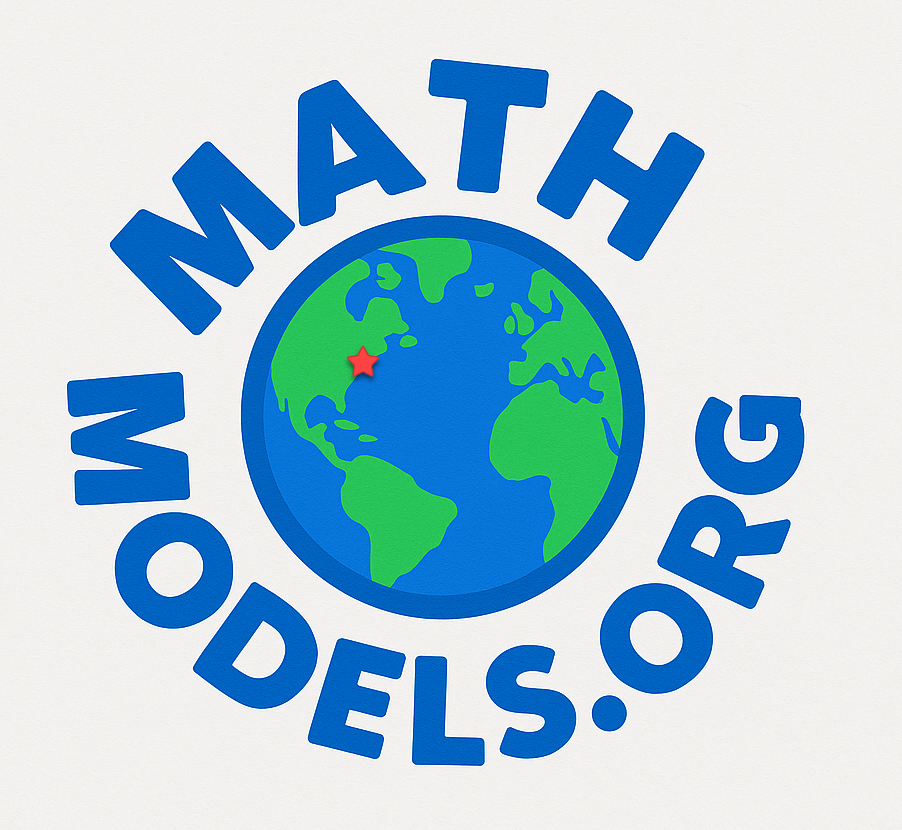Universal, Decentralized, Digital Currency: Is it possible?
Author: COMAP
Background:
Digital currency can be used like traditional currencies to buy and sell goods, except that it is digital and has no physical representation. Digital currency enables its users to make transactions instantaneously and without any concern for national borders. Cryptocurrency is a subset of digital currency with unique features of privacy, decentralization, security and encryption. Cryptocurrencies have exploded in popularity in various parts of the world; moving from an underground cult interest to a globally accepted phenomenon. Bitcoin and Ethereum, both cryptocurrencies, have grown in value, while investors are projecting rapid growth for other cryptocurrencies such as Dogecoin or Ripple. In addition to digital and cryptocurrencies, there are also new digital methods for financial transactions that enable users to instantaneously exchange money with nothing more than an email address or a thumbprint. Peer-to-peer payment systems offered by companies like PayPal, Stripe, Venmo, Zelle, Apple Pay, Square Cash, and Google Pay offer virtual movement of money across the globe in seconds without ever having to verify the transaction through a bank or currency exchange. Digital transactions outpace cash and check transactions because they are not delayed by banking policies, national borders, citizenship, debts, or other social-economic factors. These new currency systems decentralize financial transactions, leaving many to consider a world where traditional banking may become obsolete.
Problem Download

Mathematics Topics:
Application Areas:
You must have a Mathmodels Membership to download Student Papers and Commentary.
If you're already a member, login here.